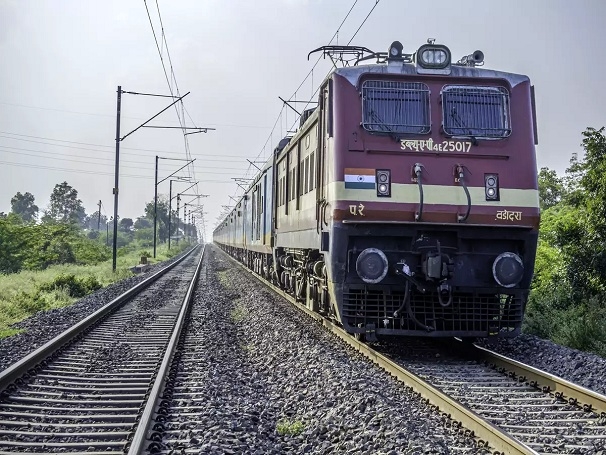Railways to deploy test rig at pit lines
12 Jul 2021 02:06:10

By Sagar Mohod :
For cutting down time on maintenance of passenger train rakes, Central Railway’s Nagpur Division is deploying computerised test rig on pit lines at Ajni Railway Station. Deployment of test rig is part of automation of working at railway's maintenance sidings with aim to ensure faster turnaround of rakes. The test rig would be utilised for testing efficiency of brakes of rakes having twin pipe system to ensure they are all okay. As part of rig testing, sensors would be affixed on the pit lines where primary and secondary maintenance of passenger trains is carried out in 24x7 period. The sensors would enable auto reading of required parameters about the functioning of brakes that are crucial to smooth running of trains, where speed is now being upgraded in graded manner.
Now Indian Railways is keen to speed-up running of trains for which braking is an important aspect for which even Running Staff is specially trained on optimum braking. An Excel sheet would be generated listing values of brakes at each of the bogies after completion of reading through sensors in future. The same would make task of technical staff quite easier as they could at a glance know which bogie's brake needs fine attention or is to be replaced as the case may be. Any variation would be flagged on the Excel sheet itself thus enabling timely intervention for setting things right. So the RIG would enable that everything is okay before resumption of journey, said a senior official of Mechanical Branch while explaining working of test rig. Automatic recording of data about the capacity of brakes, the same is recording all the reading, the process is completed quite fast and is accurate to the point. After the train reaches destination, the rake is placed on pit line for examination of all the undergears.
Currently, the braking operation efficacy is tested in manual way, a technician under the bogie signals for the staff on upper side to lower the lever to allow for rake to move forward and backward and then pull back the same. This manual operation of releasing the pressure and reapplying it requires fire co-ordination. Currently, passengers rake on average are having 22 to 24 bogies and considerable time is thus taken for this single but an important task of maintenance. With number of passenger trains increasing, the need is to adjust time period for rake maintenance and hence operations are being modernised by deploying latest technology. The technical check-ups of various vantages point to ensure there is no breakage or damage would be automated.
After recording the data on sheet, duplication of work happens as same is now feeded in system. But with deployment of sensors that would carry out all calculations of the various tests, time would be saved. A senior official of Mechanical Branch said that apart from recording of accurate data, in case of any problem later on the digitised data can be easily retrieved. Further the need for maintaining sheafs of papers would also cease. In future there is plan to fully automise rake test